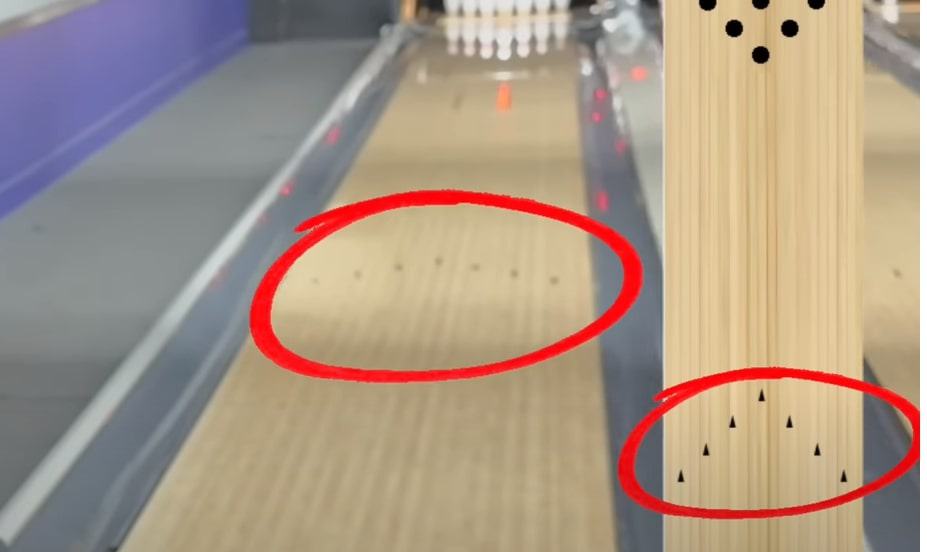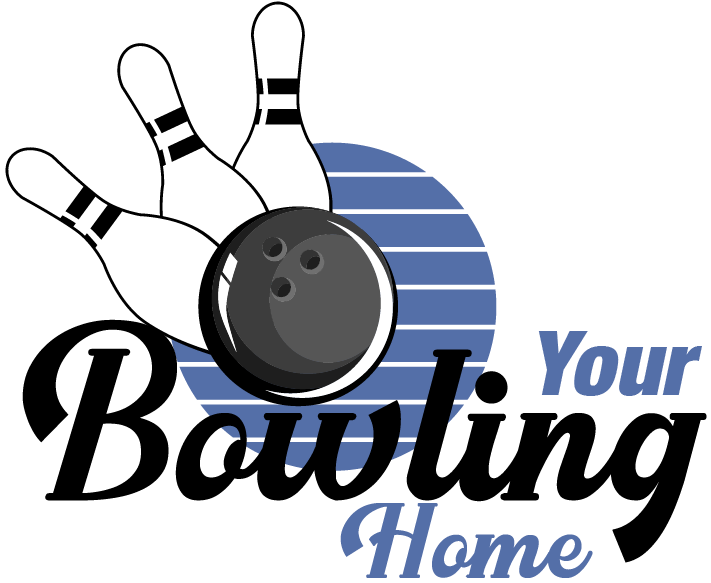In bowling, what sets an amateur apart from a seasoned player is technique. And one of the key techniques to master is the art of curving the ball.
If you can harness this one skill and unleash it on the lane, you can enhance your performance drastically.
I am here to help you learn the way of the ball, from how it rotates to the angles you must pick when you release it on the lane. Get ready to spin, hook, and strike with precision!
7 Steps to Curve a Bowling Ball
To curve a bowling ball, there are a few things you must be aware of. Let’s take a closer look at what those are.
Choosing the Right Ball for You

Picking the right ball to curve in bowling is essential for getting optimal performance. While choosing the ball, firstly, you need to consider your skill level and bowling style.
Beginners may opt for a plastic or urethane ball, which offers consistency and control.
Intermediate players may prefer reactive resin balls, which provide enhanced hook potential. Advanced bowlers often pick asymmetrical core balls for increased angularity.
That said, you should also assess lane conditions. Oily lanes benefit from aggressive balls, while dry lanes require less friction.
It’s a good idea to consult the knowledgeable pro shop staff to analyze your bowling style and recommend suitable options.
Lastly, trial and error may be required to find the perfect match. Remember, the right ball enhances your curve and boosts your game.
Take the Right Stance and Grip

Achieving a curved trajectory in bowling hinges significantly on your stance and grip technique. It’s best to start with a balanced stance by positioning your dominant foot slightly forward for stability.
Keep your knees slightly bent to maintain flexibility and aid in generating power. Gripping the ball is also crucial; use a fingertip grip for optimal control and spin.
Your thumb should be inserted first, followed by your fingers, aiding in a smooth release.
Focus on a relaxed grip to prevent tension, which can impede your ability to curve effectively. Experiment with various hand positions to find what works best for you.
Also, consistent practice and adjustment to your stance and grip will refine your curve technique, improving your performance on the lanes.
Focus on the Arrow on the Lane, Not the Pin

When trying to curve a bowling ball effectively, it’s crucial to focus on the arrow markers on the lane rather than fixating solely on the pins. These serve as intermediate targets, guiding your ball toward the desired trajectory.
By aligning your aim, approach, and release with a specific arrow, you can easily control the direction and angle of your curve more precisely.
Additionally, concentrating on the arrows helps maintain consistency in your shots, enhance accuracy, and reduce variation. But remember to adjust your aim based on lane conditions and your ball’s reaction to them.
Practicing this focus technique will sharpen your ability to curve the ball with precision, ultimately leading to higher scores and improved overall performance on the lanes.
Release the Ball at the Bottom of Your Swing
Launching the bowling ball at the precise moment, right at the bottom of your swing, is critical for effectively curving it.
This precise timing ensures optimal spin and control, allowing you to impart the desired hook motion onto the ball. Releasing too late or too early can disrupt the intended trajectory, leading to errant shots.
As you reach the bottom of your swing, keep a relaxed grip and focus on a smooth, fluid motion. Coordinate the ball release with your body movement and footwork to generate maximum efficiency and power.
Practice timing your release consistently to develop muscle memory and refine your curve technique.
Mastering this fundamental aspect of bowling will greatly enhance your ability to precisely curve the ball.
Learn to Control the Degree of Your Curve
Mastering the ability to control the degree of your curve is essential for achieving consistent and effective results in bowling.
Start by experimenting with your hand position and release technique to vary the amount of spin you impart on the ball.
Focus on subtle adjustments, such as the angle of your wrist at release and the amount of lift you apply.
All keep an eye on how lane conditions and oil patterns affect the ball’s reaction and adapt to it accordingly.
Practice different degrees of curve during your training sessions, gradually honing your ability to manipulate the ball’s path with precision.
Developing this skill allows you to adapt to changing lane conditions and improve your overall performance, making you a more versatile and effective bowler.
Practice with a Tennis Ball
Practicing with a tennis ball can be very helpful in mastering the art of curving a bowling ball.
Tennis balls are much lighter and less challenging to control, making them ideal for refining your release technique without the pressure of heavy bowling equipment.
Start by simulating the motion of a bowling release with the tennis ball, focusing on your spin and wrist action. Experiment with different angles and grips to understand how they affect the ball’s glide.
Practice with a tennis ball also helps build coordination and muscle memory for executing precise curves. As you become more proficient, transition to bowling balls to apply your skills in real-game scenarios.
Incorporating tennis ball practice into your routine can accelerate your learning curve and improve your overall game.
Use a Lighter Bowling Ball to Practice
Starting with a lighter ball for practice is crucial when honing your ability to curve a bowling ball effectively.
Lighter bowling balls reduce strain on your muscles and joints, allowing you to focus more on technique and precision without fatigue setting in prematurely.
This also facilitates a smoother release, making it easier to control the ball’s spin and flow.
Practice sessions with a lighter ball provide opportunities to experiment with different grips, hand positions, and release timings to refine your curve technique.
Consider transitioning to heavier balls to simulate real-life conditions as your confidence and proficiency build.
However, including light balls in your practice improves curve capabilities and enhances overall consistency and accuracy on the lanes.
Final Thoughts
Mastering the art of curving a bowling ball requires practice, dedication, and a fair understanding of the mechanics involved.
Implementing the techniques discussed in this guide can enhance bowlers’ skills and achieve greater success on the lanes.
Consistency is key, so continue refining the approach, experimenting with different strategies, and adapting to varying lane conditions.
